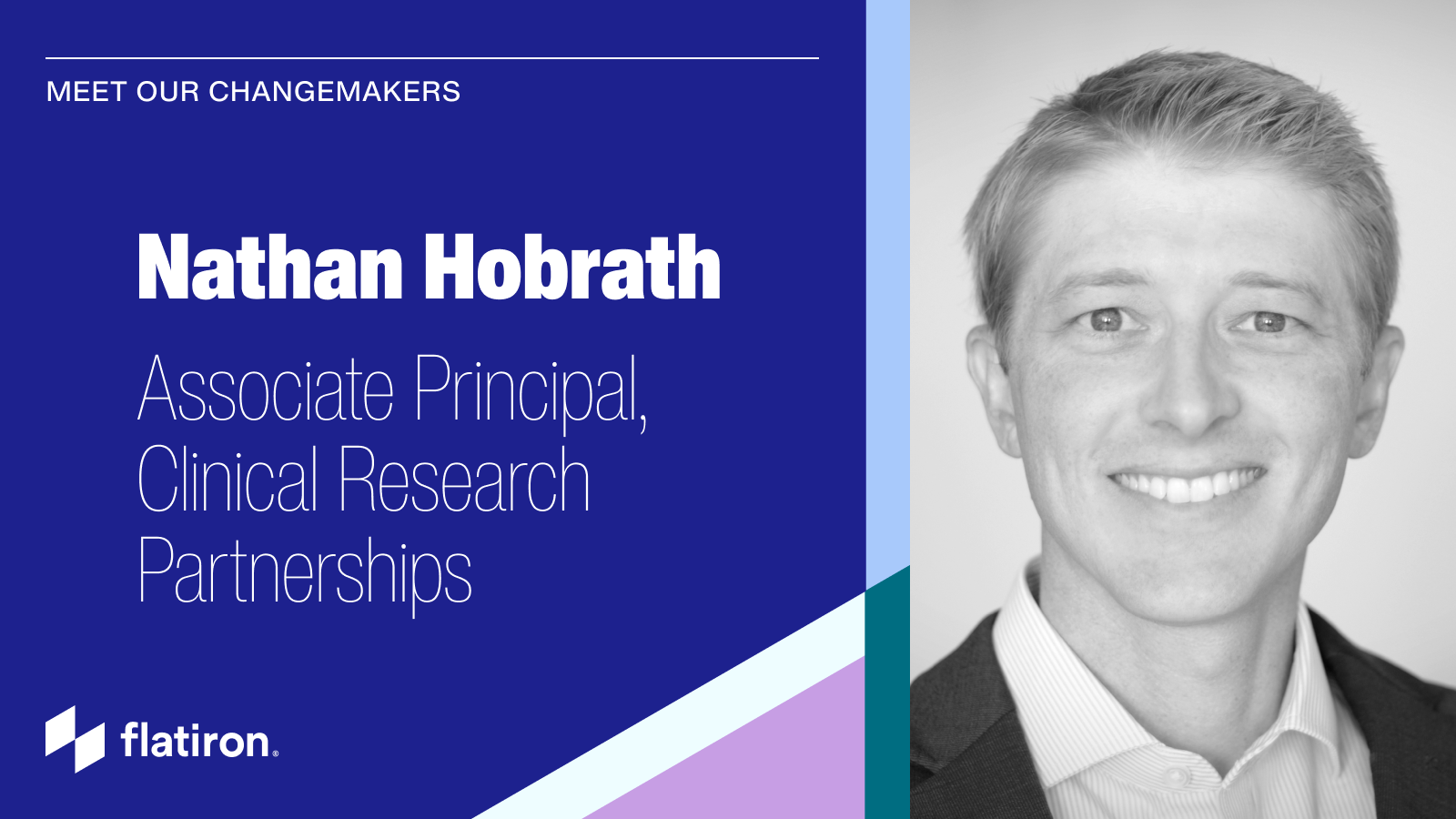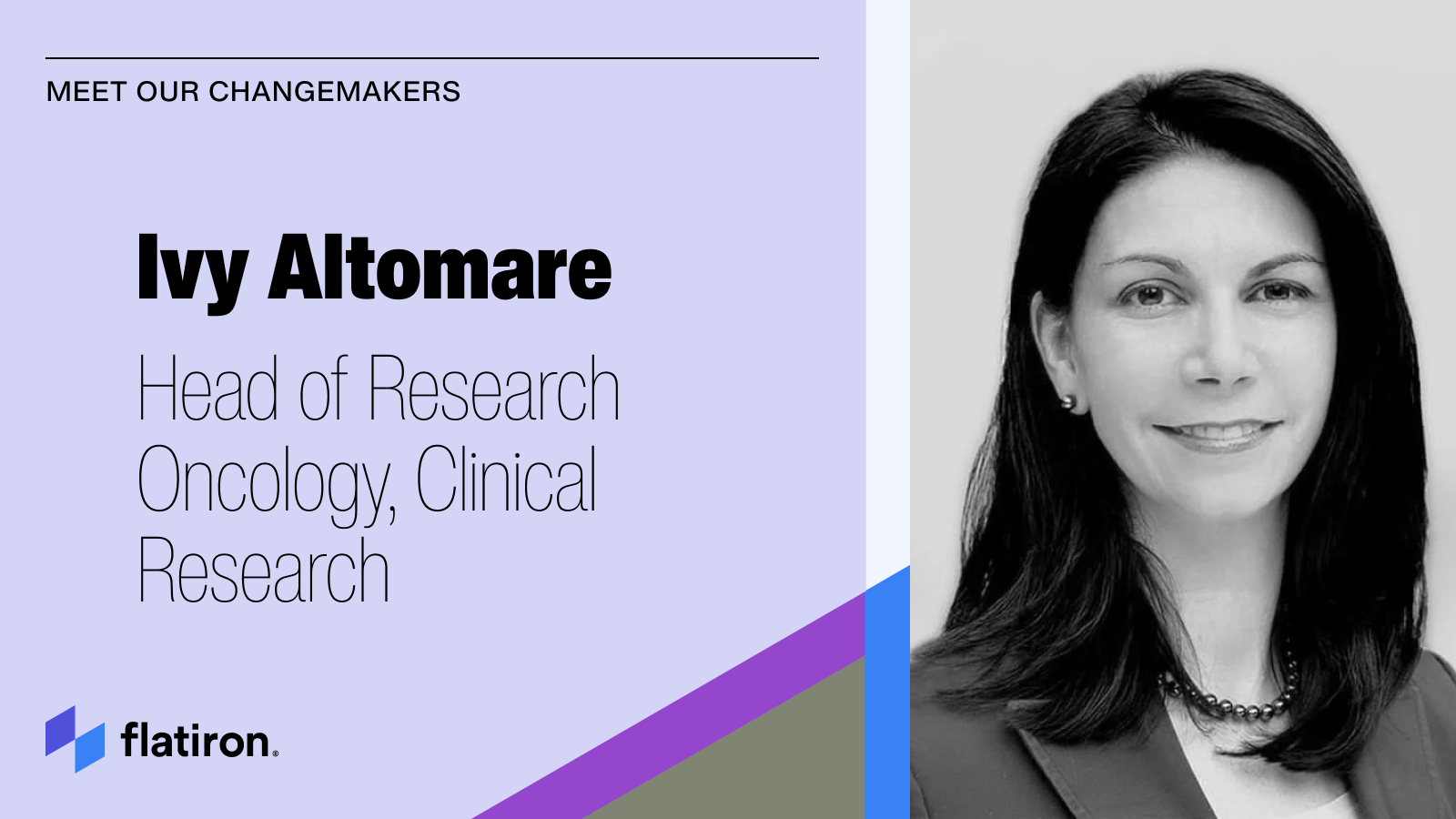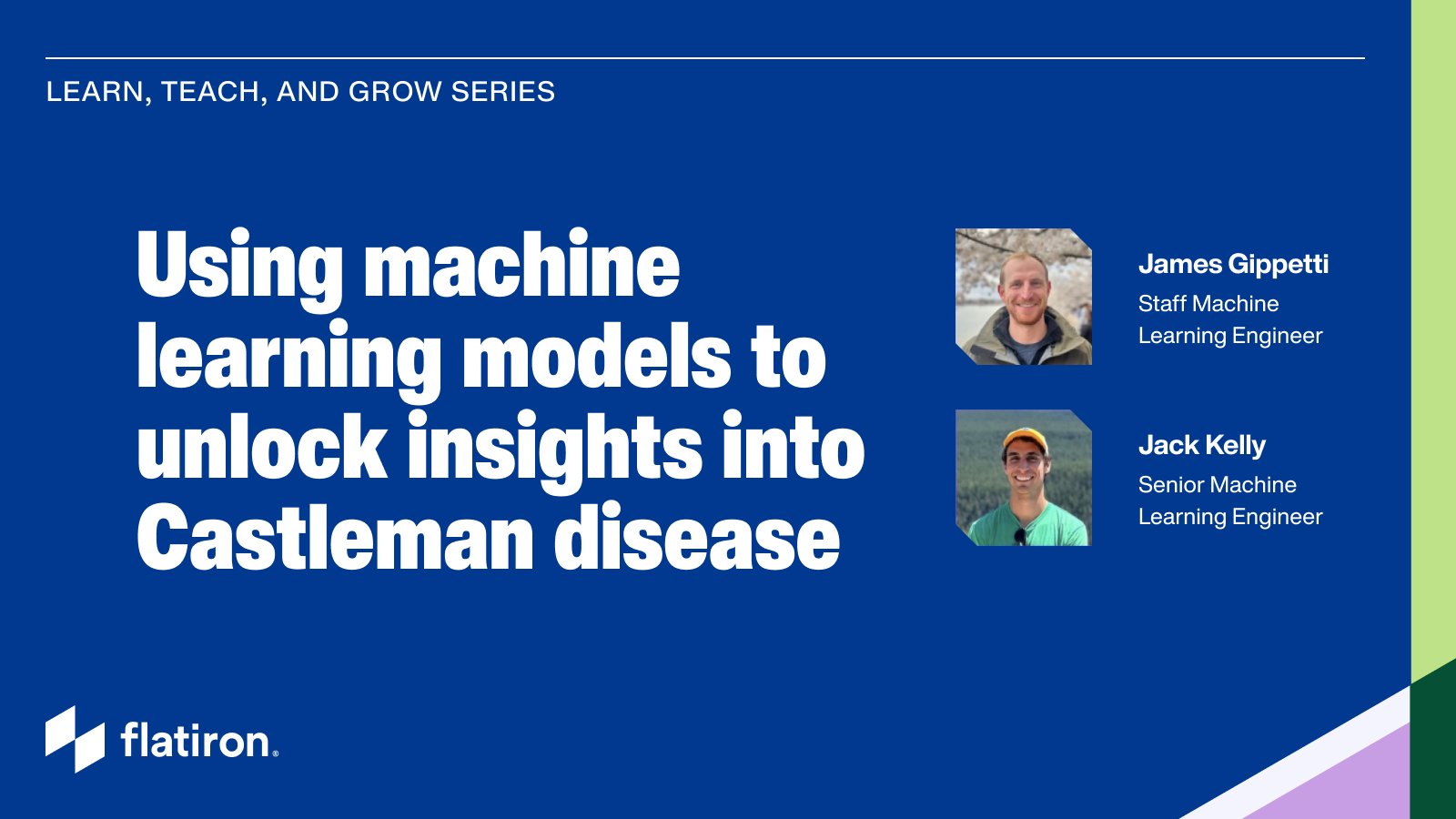"I feel like one ball is bigger than the other," my husband, Steve, randomly declared in our kitchen one summer afternoon. It was a casual statement, as if he was announcing rain in the forecast or that we were out of 2 percent milk. I stared at my six-month-old in his high chair, as if he could try and help me make sense of what I just heard. Steve continued, "I'm sure it's nothing." But at that moment, I knew it wasn't.
I accompanied Steve to the doctor where he had an ultrasound performed by a girl who seemed far too young to be squeezing gel on body parts and taking measurements. Steve would later tell me that he didn't think she'd ever be good in a game of poker. He was silent until we stepped in the elevator. "I have a little growth that has to be removed," he muttered.
The "little growth" was a nonseminomatous germ cell carcinoma of the testicle . It was the first of many terms neither of us could pronounce but about which we soon became expert enough to be able to write a short pamphlet. The doctors rattled off statistics: testicular cancer comprises less than one percent of all cancers — as if we had just won the lotto. Except we didn't win anything. This was the cancer lotto.
Breakfast conversations that once used to revolve around Pampers and Desitin now shifted to oncologists and sperm banking. Steve would refer to his cancer as "the Big C." I'd hear him on the phone, dismissively telling his buddies he had the "good kind" of cancer — that "TC" was the equivalent of the common cold in the world of cancer.
The local surgeon performed a radical left orchiectomy, a fancy name for removal of the left testicle. A few days later the surgeon called to tell us that the pathology indicated that additional surgery was warranted. He described the procedure, an RPLND (retroperitoneal lymph node dissection) — but all we heard was a five-letter acronym that would require seven hours of surgery. The surgeon casually discussed why the lymph nodes needed to be removed from Steve's lower abdomen to cut off the cancer-cell transportation highway.
We awkwardly found ourselves in a surgical bidding war. The personable suburban urologist excitedly touted his record of performing the surgery five times a year. The New York City oncologist nonchalantly stated, "I do these every Wednesday ." A few weeks later, on a Wednesday, we stood with an overnight duffel bag and checked ourselves into our "urban cancer hotel."
I would visit Steve daily. I'd tell him he looked good as he sat hunched in the bedside recliner. And yet, for the first time, I noticed that he looked ill. My strong rock was drawn and emaciated. He had just undergone a barbaric surgery. Thirty-six staples ran down his torso, ironically forming a little "C" around his navel like the scarlet letter of cancer. In the coming days, there would be small victories — the walk down the hall, removal of the morphine pump, his graduation from broth to dry toast. At the end of each day, I would replay the rawness and vulnerability of what I had witnessed. There were so many patients, just like my husband, who had been thrown this plot twist of life. I wanted to eliminate their suffering and numb their pain. I wanted to provide comfort, to make a difference for them, as I had found I could do for Steve.
And so I did. Following my husband's recovery, I left a career in business to pursue a nursing degree. I became an oncology nurse and later an oncology nurse practitioner. And I became pregnant without medical intervention -- I felt like this time we had beat the odds.
Until we lost again.
Four and a half years after Steve's initial cancer diagnosis, he again stood in the kitchen and announced he had a pain in his remaining testicle. But this time it was me telling him it was "nothing" and him knowing it wasn't. His internist ordered an ultrasound — to provide "peace of mind," he said. But when the report came back, "&%!@#$," was all Dr. B said.
Cancer had just thrown us another lotto curveball: seminoma germ cell tumor, despite a less than one-percent chance of developing a new cancer in the other testicle. But for this round we knew all the acronyms, and Steve was married to his own private cancer nurse. Steve had surgery to remove the remaining "family jewel," resulting in the need for lifelong hormone replacement. There would be no more children, but there also have been no more kitchen announcements. Steve is now 13 years cancer-free.
I went on to get my master's and was working in a community oncology clinic when Flatiron offered me a way to continue what I love to do but have a bigger impact. In a perfect marriage of my business and nursing expertise, today I lead a team of seven abstraction specialists who transform unstructured medical records into meaningful data insights. My own life experience yields a deep perspective of how the learnings from each cancer patient can help others. Alone, each chart contains a single patient journey. Collectively, their journeys write the story of hope for the future.



